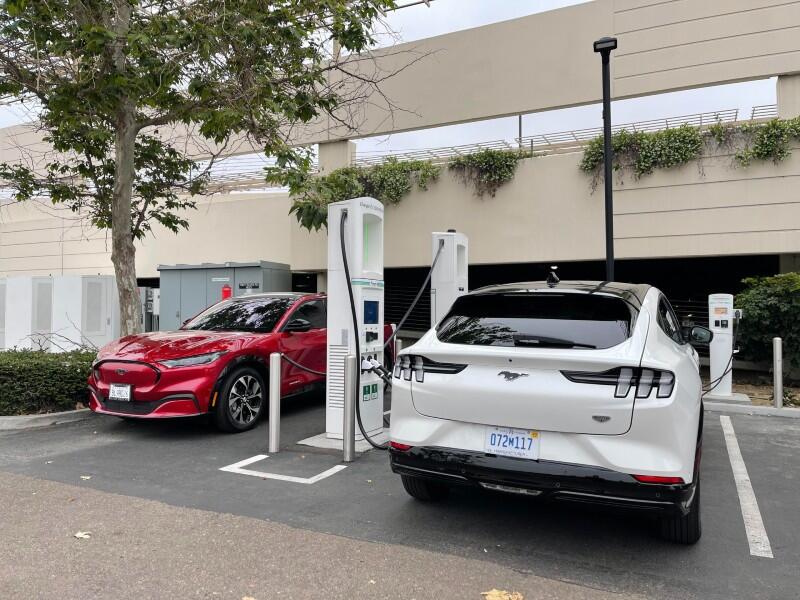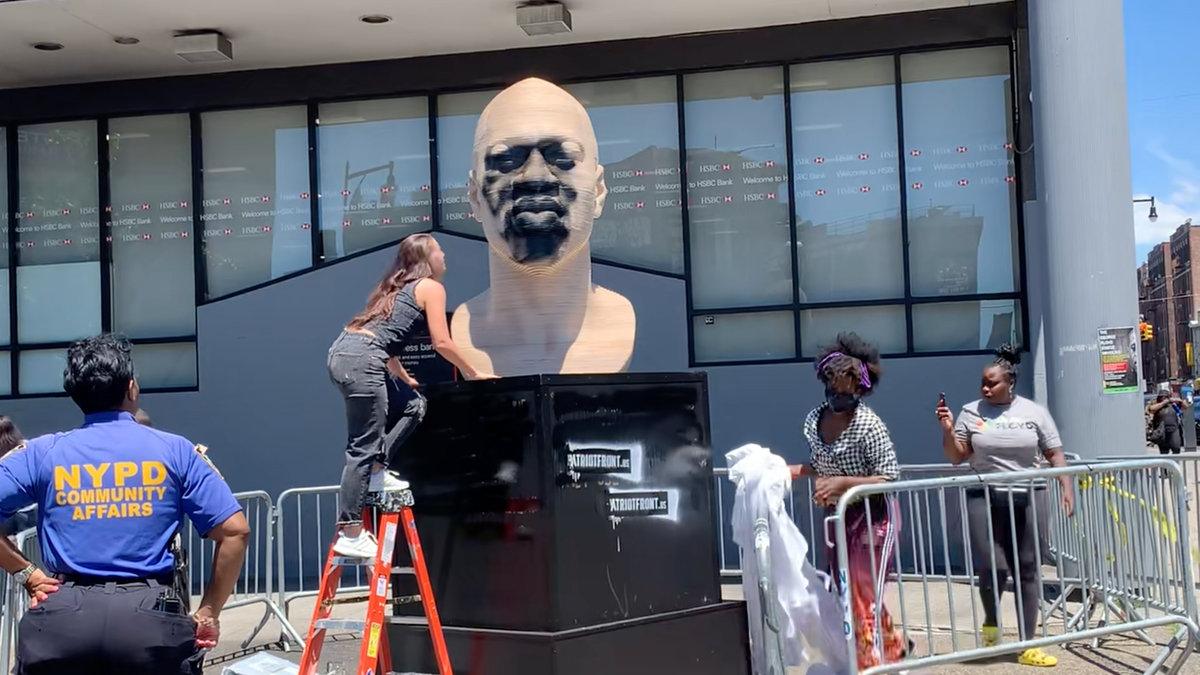Building Bridges The Power of Intersectional Activism
In today's society, the need for activism has become more pronounced than ever before. Activism serves as a powerful tool to address social inequalities, challenge systemic oppression, and strive for a more inclusive world. Among various forms of activism, one that stands out is intersectional activism. This article explores the concept of intersectional activism, its significance, and how it can effectively create bridges towards a more equitable society.
Understanding Intersectionality
Intersectionality is a framework developed by Kimberlé Crenshaw, a prominent legal scholar and civil rights advocate. It acknowledges that individuals can face multiple forms of discrimination or oppression simultaneously, stemming from their intersecting social media such as race, gender, class, sexuality, disability, and more. Rather than viewing these identities in isolation, intersectionality recognizes the interconnected nature of oppression and how it shapes people's experiences.
The Role of Intersectional Activism
Intersectional activism seeks to address the complex and overlapping forms of oppression faced by marginalized individuals and communities. It aims to create social change by acknowledging the various intersecting identities and systemic barriers people encounter. By adopting an intersectional lens, activists can develop a more comprehensive understanding of the issues at hand and work towards solutions that uplift all affected groups.
Empowering Marginalized Voices
One of the primary goals of intersectional activism is to amplify the voices of marginalized individuals and communities. This form of activism recognizes that those who are most affected by social injustices must be at the forefront of creating change. By providing platforms for these voices to be heard, intersectional activism empowers individuals to share their experiences, advocate for their rights, and challenge the status quo.
Fostering Solidarity and Collaboration
Intersectional activism emphasizes the importance of solidarity and collaboration among diverse groups. It recognizes that different forms of oppression are interconnected and that collective action is necessary for meaningful change. By building bridges between various communities, intersectional activism fosters alliances that can address shared concerns and work towards common goals.
Intersectional Activism in Practice
Intersectional activism takes many forms and can be seen across a wide range of social justice movements. For example, within the feminist movement, intersectional activists advocate for issues such as reproductive rights, equal pay, and combating racial and LGBTQ+ discrimination. Similarly, in the fight against racial injustice, intersectional activists highlight the experiences of marginalized racial and ethnic groups while addressing issues like police brutality, educational disparities, and systemic racism.
The Importance of Inclusive Language
Language plays a crucial role in intersectional activism. It is essential to use inclusive language that recognizes and respects the diversity of identities and experiences. By using language that is inclusive and avoids reinforcing stereotypes or biases, activists can create a more welcoming and inclusive environment for all individuals.
The Challenges and Criticisms of Intersectional Activism
While intersectional activism has gained momentum and support, it is not without its challenges and criticisms. Some argue that it can be difficult to navigate and prioritize the various intersecting identities and experiences within social justice movements. Others claim that intersectional activism can lead to divisions and infighting, diverting attention from shared goals. It is important for activists to be aware of these challenges and work towards inclusive and collaborative solutions.
Overcoming Barriers for Lasting Change
To achieve lasting change, intersectional activism must address the barriers that hinder progress. This includes dismantling systemic structures of oppression, challenging implicit biases, and promoting inclusive policies and practices. By continuously striving for inclusivity and actively working to address intersecting inequalities, intersectional activists can pave the way for a more equitable society.
Intersectional Activism and Policy Reform
Intersectional activism has the power to influence policy reform by highlighting the specific needs and experiences of marginalized communities. By advocating for legislative changes, intersectional activists can address systemic issues and push for policies that promote equality and justice. Through lobbying, community organizing, and grassroots campaigns, they can make a tangible impact on society.
Intersectionality Beyond Activism
Intersectionality extends beyond activism and can be applied to various fields and disciplines. In academia, it informs research and scholarship that examines the interconnected nature of social identities and systems of oppression. In business and organizations, intersectionality guides diversity and inclusion efforts, promoting equity in hiring practices, and fostering inclusive workplace environments.
The Future of Intersectional Activism
As society continues to grapple with deep-rooted inequalities, intersectional activism will remain a vital force for social change. The future of intersectional activism lies in its ability to adapt, grow, and collaborate across movements. By recognizing the complexities of intersecting identities and working together towards shared goals, intersectional activists can build bridges that lead to a more inclusive and just society for all.

.jpg)








 English (US) ·
English (US) ·